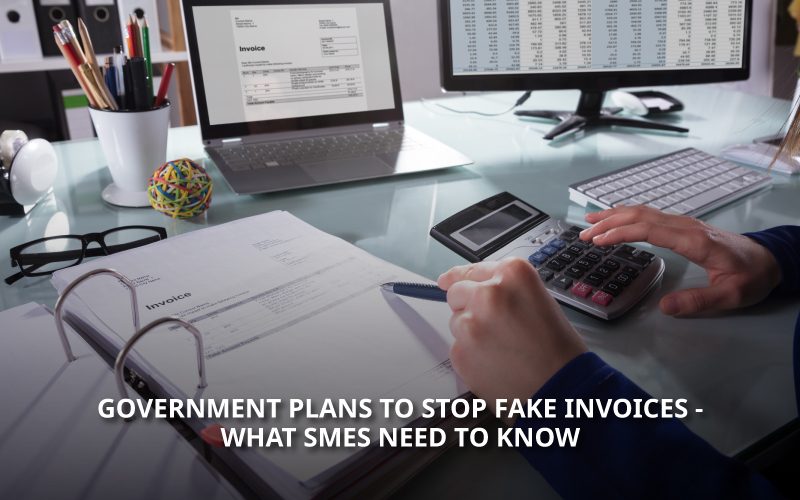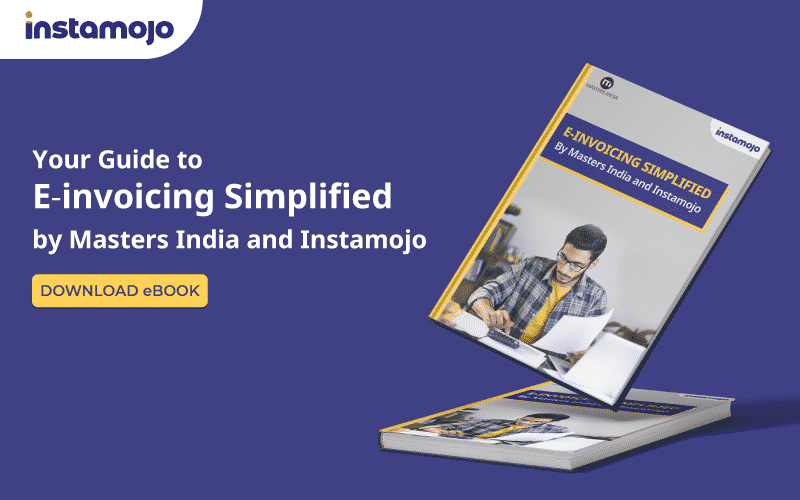Did you know that there are fake invoices amounting to Rs 11,000 crore since 2018, with over 6000 cases? The GST council has set up meetings to regulate and stop the spread of fake invoices and prevent GST fraud.
The meeting set to take place tomorrow, and in this blog, we will discuss the main agenda behind the Government’s plan – and how MSMEs can set up GST invoices easily.
How does the Government plan to evade fake invoices?
To begin with, the GST council will implement strict GST registrations for businesses. Besides that, the council will discuss the below measures –
Booking fraudsters under C.O.F.E.P.O.S.A
The GST council will examine if it is possible to book offenders under a new COFEPOSA (Conservation of Foreign Exchange and Prevention of Smuggling Activities Act). This is exclusive of booking any fake invoice generating business under GST laws, Income Tax Act and Prevention of Money Laundering Act.
Tracking filing history of businesses
The Government will also discuss tracking of income tax filing history, among other financial reports before validating GST registration for businesses. The verification process will be both physical and financial in nature.
Also read: How to file for GST returns
Cancellation of GST registrations
Fake invoices are rampantly created with items such as metals, plastic, readymade garments, gold, silver, advertisements, animation, and work contracts. The Government will streamline the process of cancelling GST registration of existing businesses under these sectors if they are found to have issued fake invoices at any point in time.
How can MSMEs issue genuine e-invoices?
GST is not difficult to understand or implement, according to Nishank Goyal, CEO of MastersIndia, a GST e-invoicing platform for MSMEs. The issue lies with keeping a tab on the different regulations of GST, that the Government rolls out frequently.
Catch the entire webinar here.
Maintain invoices with vendors
Due to non-digitising of invoices by suppliers, there’s an increase in the number of fake or duplicate invoices in the industry. Ensuring mandatory invoicing on the GST portal also ensures easier returns filing process, since it would be captured on a centralised portal.
Read: How to create invoices on Instamojo – step by step guide
Watch out for fake Input tax credit claims
Your business benefits from claiming Input Tax Credit. However, Since input credit is matched with output tax details, it is easier for GSTN to track fake tax credit claims.
Tax authorities acquire access to transactions as they take place in real-time. This happens because the e-invoice will have to be compulsorily generated through the GST portal. Therefore, you need to ensure vendors and suppliers regularly upload or generate invoices for different transactions.
The Government recently issued a statement saying that businesses with a turnover of over Rs 500 crore need to mandatorily maintain e-invoices. If you do not fall under the list, it’s advisable to still maintain e-invoices if you file for GST.
This ebook, curated entirely by MastersIndia, explains why.
New MSMEs can rely on a third party to understand invoicing
If your business recently registered under GST, make sure you educate yourself on the different slabs, forms, and filing requirements. How? For starters, you can check out our FREE GST course on mojoVersity, a free e-learning platform for MSMEs in India.
This course will show you –
- If GST applies to your business
- How to register for GST if applicable to your business
- Various slabs under GST
- HSN/SAC Codes and TDS/TCS
- How to file GST returns
- How to correct Invoices in case of data mismatch
CREATE YOUR FIRST BUSINESS INVOICE ON INSTAMOJO


